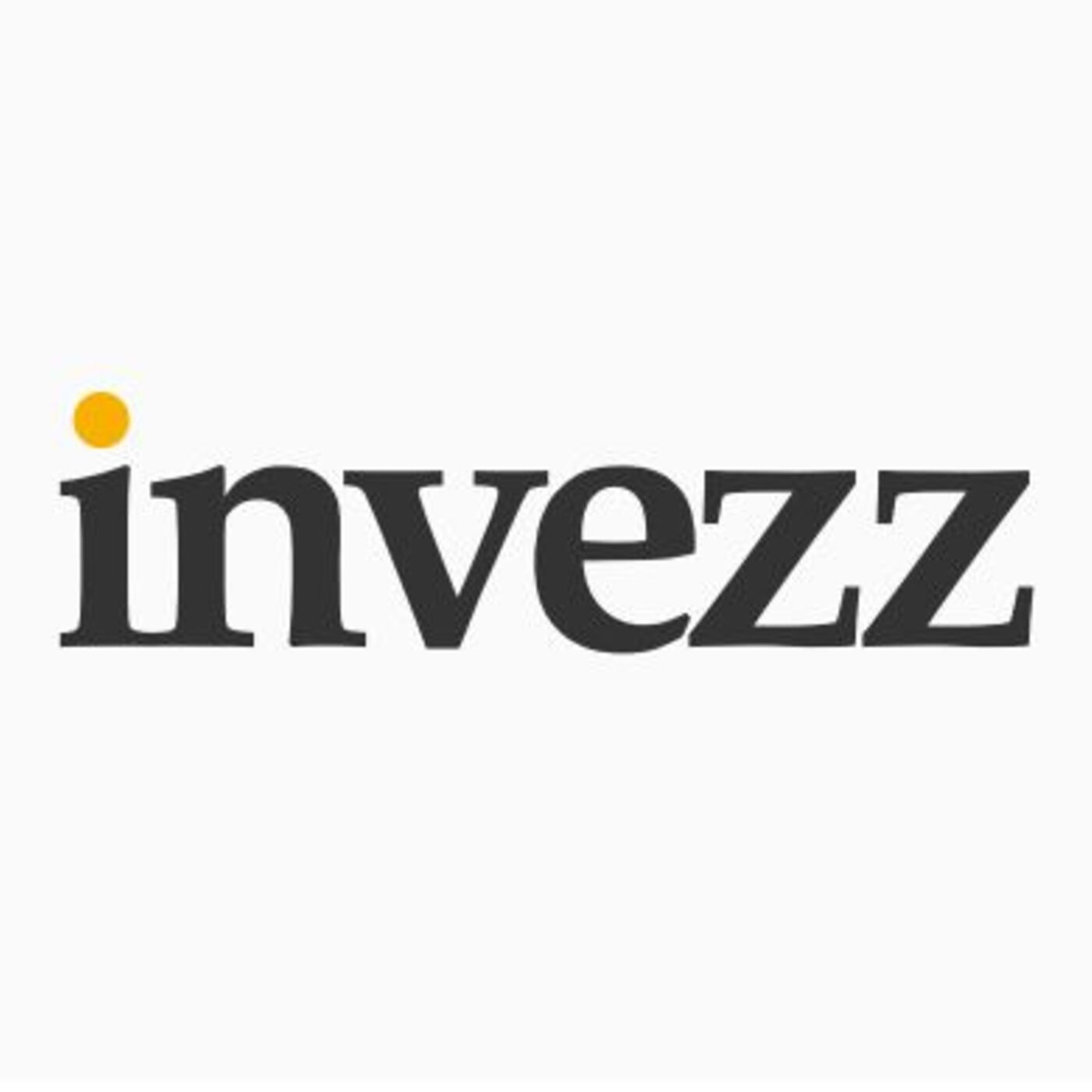HBAR holds ground, while this DeFi token’s 20% price hike is next
0
0

Hedera (HBAR) has long been praised for its enterprise partnerships and energy-efficient technology, but after posting modest 11% gains this year, investors are beginning to ask a simple question—what’s next?
The hype has cooled, the charts are stagnant, and high-value holders are rotating into emerging protocols that don’t just rely on brand—but deliver real yield.
Mutuum Finance (MUTM) is becoming that go-to alternative, and its token is still sitting at just $0.03 in its presale Phase 5.
With a 20% price jump locked in at the next phase and momentum building from real product mechanics, this could be the most overlooked DeFi asset of the summer.
So far, over $12 million has been raised and 13,000+ holders have joined the presale.
Now 68% of Phase 5 is already sold, and time is running out to enter before the price climbs to $0.035. But the buzz isn’t just about early pricing—it’s about what the token powers.
Hedera (HBAR)
Hedera (HBAR) is a public distributed ledger using a hashgraph consensus for enterprise-grade applications, offering 10,000 TPS, $0.0001 fees, and carbon-negative operations.
Recently, HBAR traded at $0.16 with a $6.49B market cap, up 3.47% last week. Its aBFT hashgraph ensures fast, secure consensus, governed by the Hedera (HBAR) Council (Google, IBM).
HBAR powers DeFi, NFTs, and tokenized RWAs via the Hedera (HBAR) Token Service, with $192.84M daily volume.
It supports IoT (e.g., 1.6B+ satellite transactions) and payments via HashSphere.
On July 7, Canary Capital’s HBAR ETF filing with 90% approval odds drove optimism, with a bullish MACD signaling a 1.25x rally to $0.20. $500M in tokenized MMF and HashSphere’s stablecoin launch boost momentum, but $0.17 resistance risks a drop to $0.148.
Mutuum Finance (MUTM)
Unlike passive layer-1 tokens that will sit idle in wallets, Mutuum Finance (MUTM) is building a system of revenue-backed lending mechanics that will reward participation from all sides of the market.
The core of its ecosystem will lie in its P2C (peer-to-contract) model, where users will deposit stablecoins and blue-chip assets into liquidity pools and earn consistent APY based on borrower activity.
A $10,000 deposit in SOL, for example, will be able to earn 9.9% annually (based on pool utilization)—interest that will build automatically through mtTokens, which will represent the user’s share in the pool and increase in value over time.
These mtTokens will offer more than just passive interest—they will unlock broader DeFi participation.
Since they will be fully ERC-20 compliant, users will be able to move them across platforms, use them as collateral for borrowing, or stake them in Mutuum’s designated smart contracts to receive additional dividends.
This will create a fluid, yield-rich experience for both long-term holders and active market participants.

Meanwhile, the platform will be designed to offer flexible, overcollateralized borrowing that will be secure and fast.
A user who deposits $9,000 worth of LINK, with a 65% (depending on loan-to-value ratio), will instantly be able to borrow $5,850.
That capital will be usable for anything—from portfolio rebalancing to seizing time-sensitive investment opportunities—while the original LINK will remain untouched, with full upside exposure.
The loan will be repayable at any time, with interest charged only for the active loan duration.
This is where Mutuum Finance (MUTM) will distance itself from stagnant projects like Hedera (HBAR).
While HBAR holders will wait for growth through corporate adoption, MUTM investors will lock in real returns from peer-to-contract lending models that will scale with protocol usage.
Built on layer-2, secured by CertiK, and powered by community momentum
Another standout aspect of Mutuum Finance (MUTM) is its forward-looking infrastructure.
The team is developing the protocol with Layer-2 integration in mind, making the entire experience faster and cheaper than legacy networks.
With gas efficiency and scalability addressed at the foundation, the platform positions itself to deliver a smooth user experience even under high market activity—an edge missing from many of today’s DeFi platforms.
To ensure maximum reliability, the protocol has launched a $50,000 bug bounty program in collaboration with CertiK.
This initiative invites developers to inspect the code across four tiers of vulnerability, helping the team identify and fix any issues before the mainnet goes live.
Alongside that, a $100,000 giveaway is set to reward early supporters, with 10 winners receiving $10,000 worth of MUTM tokens each—a serious boost for those locking in their spot now.
While HBAR remains focused on enterprise use cases, Mutuum Finance (MUTM) is giving individual investors the tools to earn directly from the market.
One early participant in Phase 1 invested $2,000 into MUTM at $0.01—and now holds a position worth three times that based on the current $0.03 price, with even more upside expected as the token aims for a $0.06 listing.
With a Layer-2 future, stable interest from active lending, flexible borrowing options, and protocol-backed buybacks to support long-term value, Mutuum Finance (MUTM) delivers everything today’s DeFi users are looking for.
And as Phase 5 nears completion, that 20% jump to $0.035 is more than just a number—it’s the next wave in a growing shift toward real-yield altcoins.
For more information about Mutuum Finance (MUTM) visit the links below:
Website: https://mutuum.com/
Linktree: https://linktr.ee/mutuumfinance
The post HBAR holds ground, while this DeFi token’s 20% price hike is next appeared first on Invezz
0
0
 Manage all your crypto, NFT and DeFi from one place
Manage all your crypto, NFT and DeFi from one placeSecurely connect the portfolio you’re using to start.


